Rigid-Flex Printed Circuit Boards
Rigid-Flex Printed Circuit Boards: Advantages and Applications Analysis
Rigid-flex printed circuit boards (Rigid-Flex PCBs), as an innovative product in the electronics industry, are gradually receiving widespread attention and application. This type of circuit board is a perfect combination of rigid boards and flexible boards, combining the advantages of both and bringing many conveniences to the design and manufacture of electronic products.
One notable characteristic of rigid-flex printed circuit boards is their slim profile and variable shapes. This feature makes them an ideal choice for ultra-thin and ultra-light electronic packaging. Although they may be relatively expensive in design and manufacture, rigid-flex boards possess numerous advantages that can solve many problems in traditional hardboard technologies.

Firstly, rigid-flex printed circuit boards have a compact size and flexible shape. This allows them to install more electronic components in a smaller space, thereby reducing product size and weight, as well as overall system costs. At the same time, their compact profile also makes them the best choice for high-density circuits and fine-line technologies.
Secondly, rigid-flex printed circuit boards offer a high degree of customization. They can be tailored to different application requirements and are suitable for various industries such as aerospace, military, medical equipment, and consumer electronics. Designers can customize the size and shape of the circuit boards based on specific housing designs and 3D designs to meet specific requirements in different applications.

Furthermore, rigid-flex printed circuit boards exhibit better mechanical stability. The combination of the stability of rigid boards and the flexibility of flexible boards forms a stable structure for the entire circuit board. This allows it to maintain the reliability of electrical connections while also possessing the flexibility required for installation in small spaces.
In harsh environments, rigid-flex printed circuit boards also perform exceptionally well. They have high shock and vibration resistance, enabling them to work stably in high-stress environments. Additionally, due to the use of fewer cables and connectors, they reduce safety risks and maintenance costs in future use.
Lastly, rigid-flex printed circuit boards are easy to manufacture and test. They require fewer interconnects and related components, simplifying assembly operations and making the assembly and testing of circuit boards more convenient. Therefore, rigid-flex printed circuit boards are highly suitable for the production and testing of PCB prototypes.
In summary, rigid-flex printed circuit boards have emerged in the electronics industry with their unique advantages. Their compact size, flexible shape, high degree of customization, mechanical stability, and excellent performance in harsh environments all make them an important choice for the design and manufacture of electronic products. With continuous technological development and innovation, it is believed that rigid-flex printed circuit boards will play a broader and more significant role in the future.

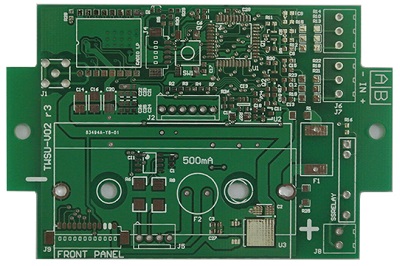 PCB
PCB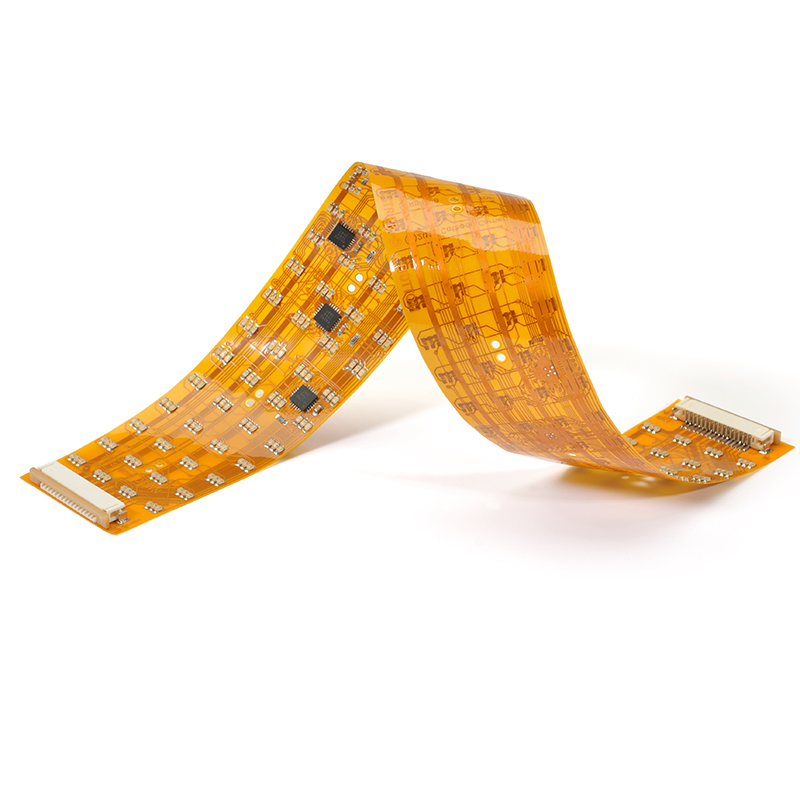 FPC
FPC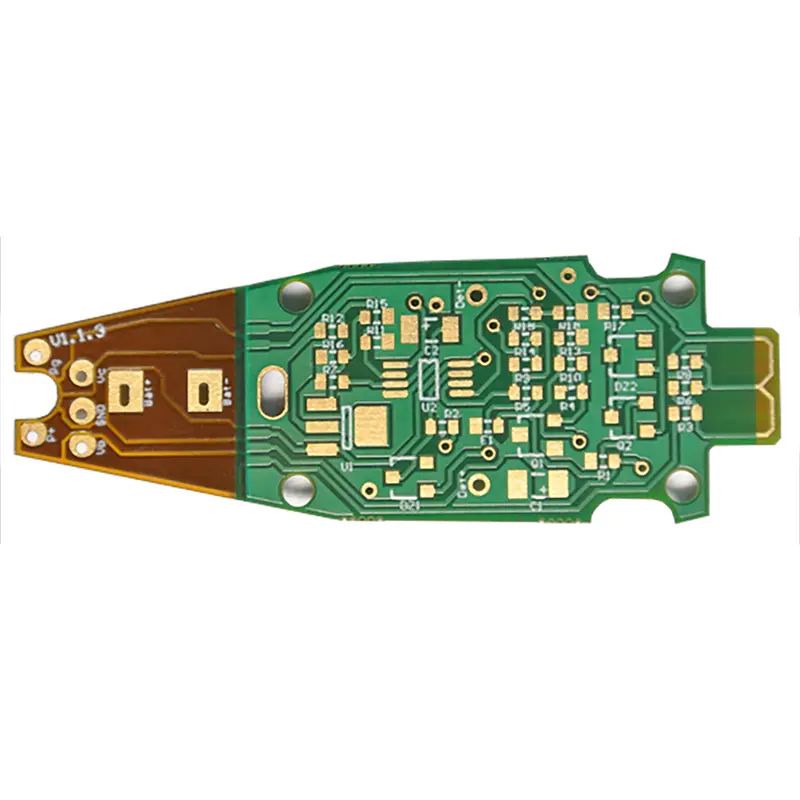 Rigid-Flex
Rigid-Flex FR-4
FR-4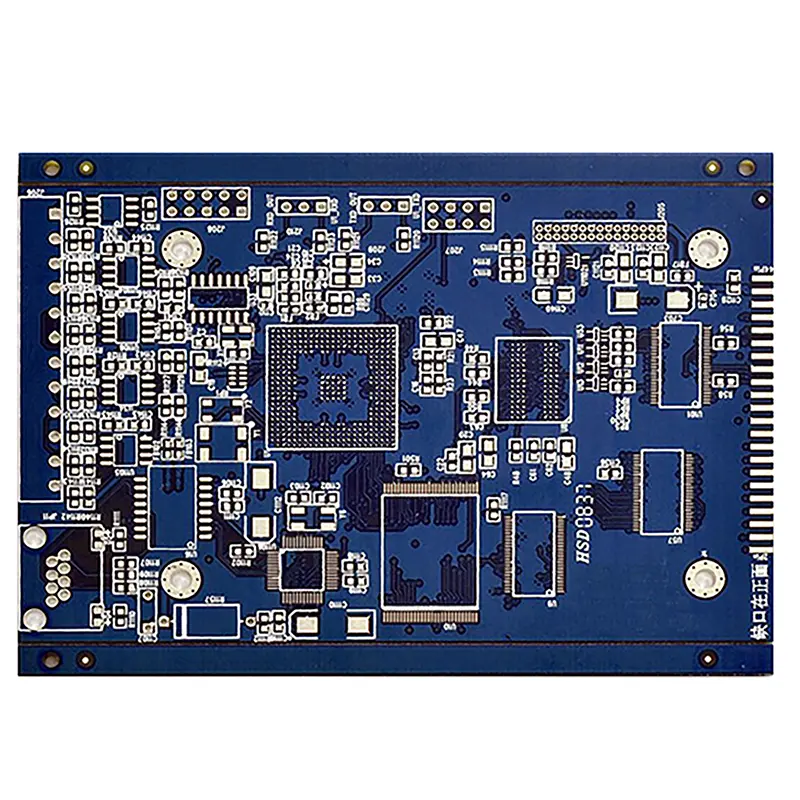 HDI PCB
HDI PCB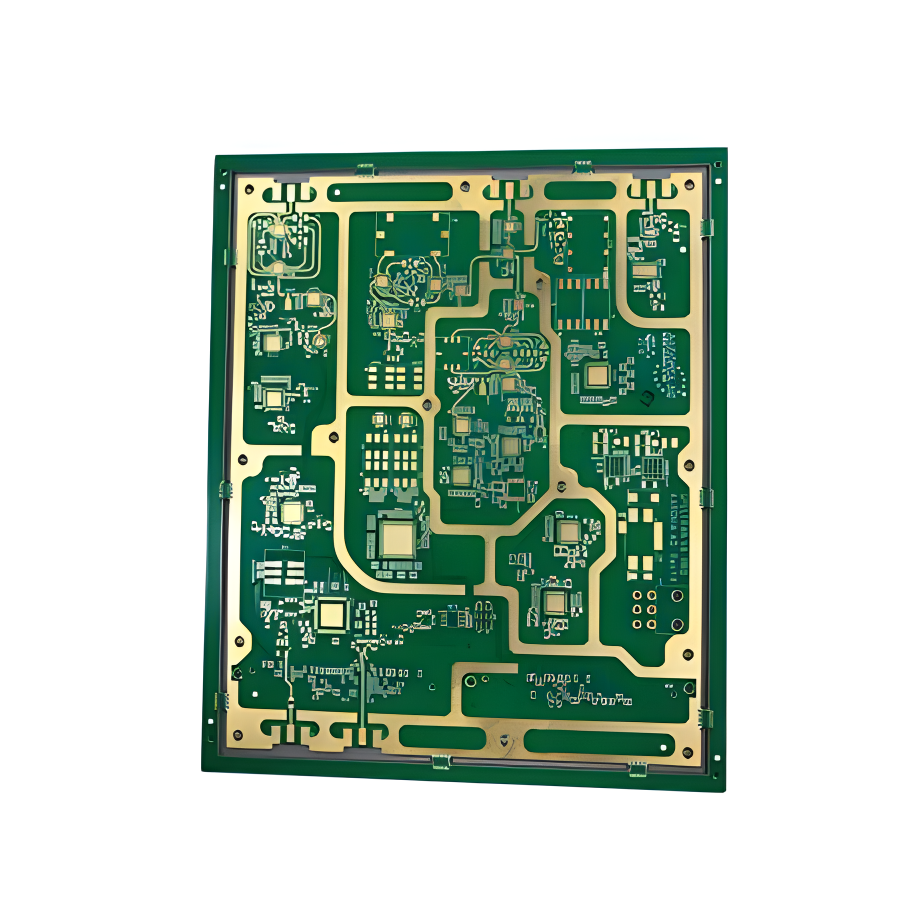 Rogers High-Frequency Board
Rogers High-Frequency Board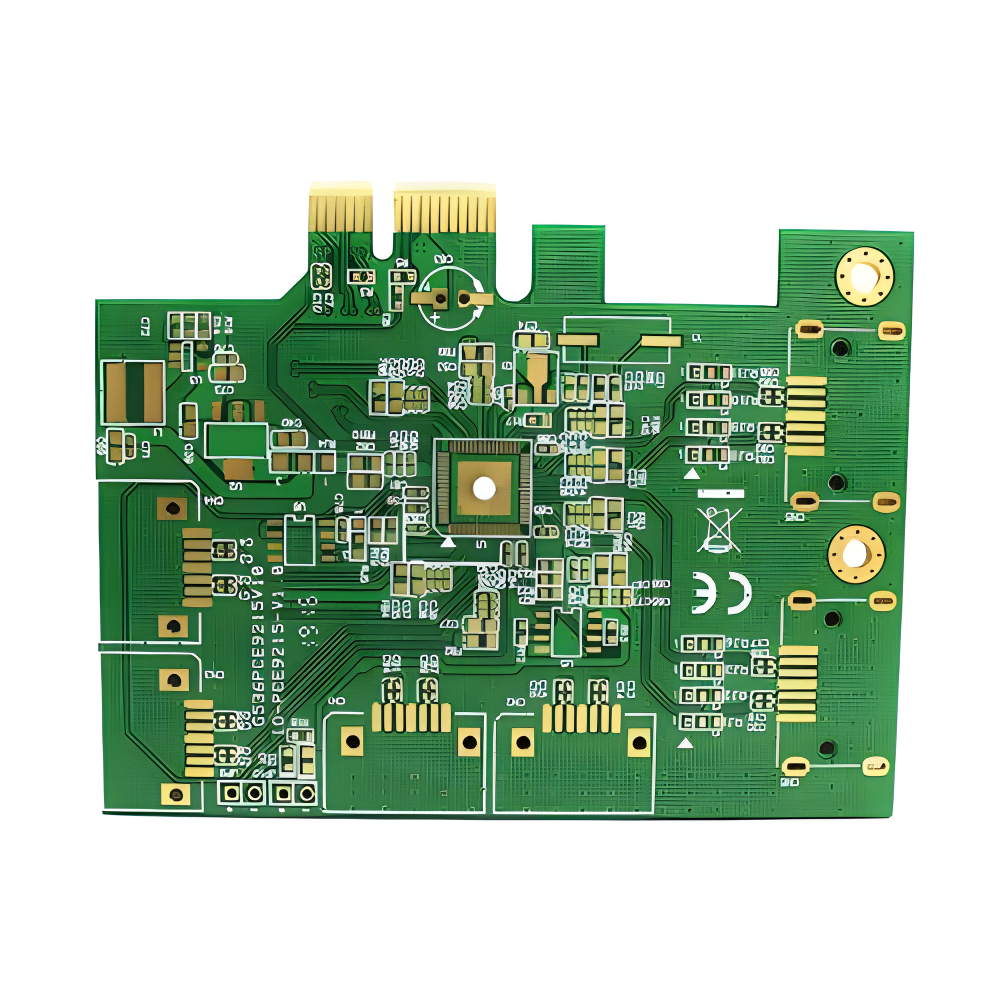 PTFE Teflon High-Frequency Board
PTFE Teflon High-Frequency Board Aluminum
Aluminum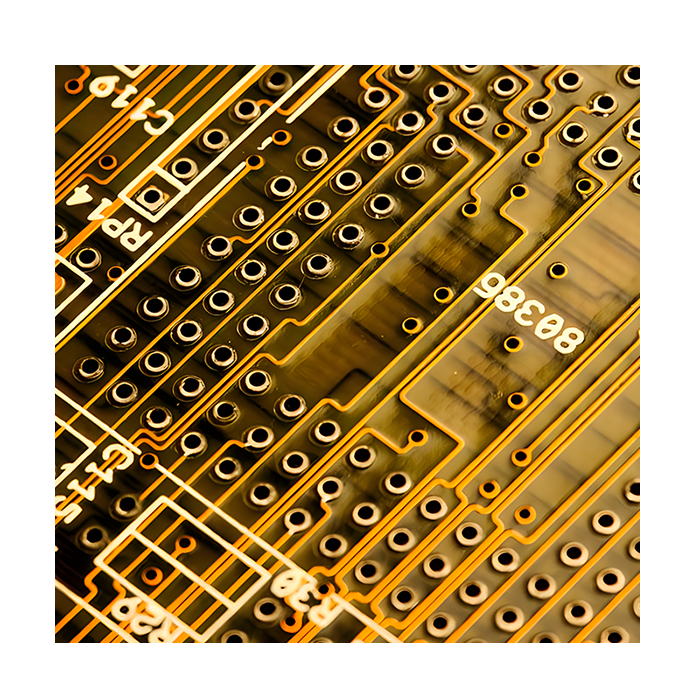 Copper Core
Copper Core PCB Assembly
PCB Assembly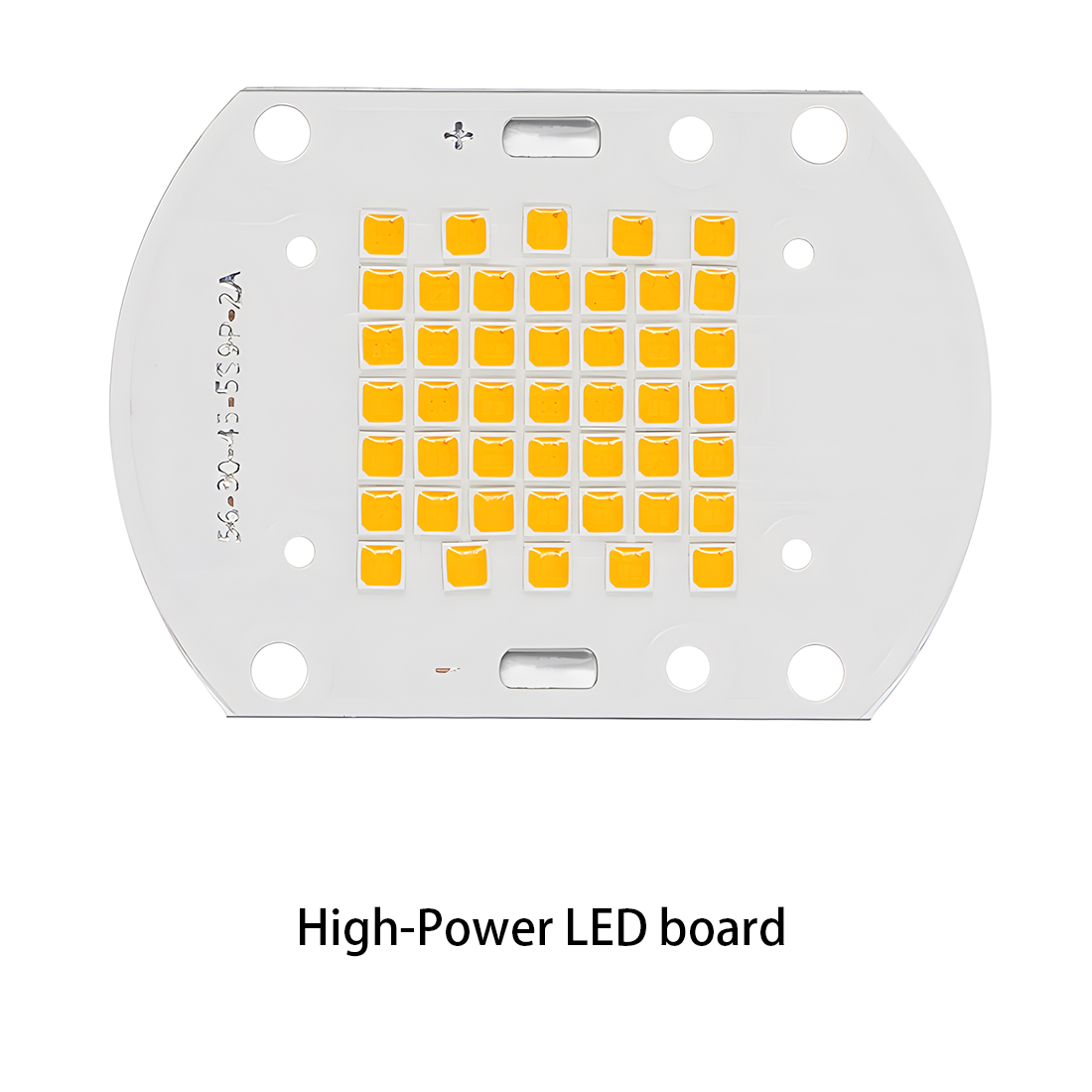 LED light PCBA
LED light PCBA Memory PCBA
Memory PCBA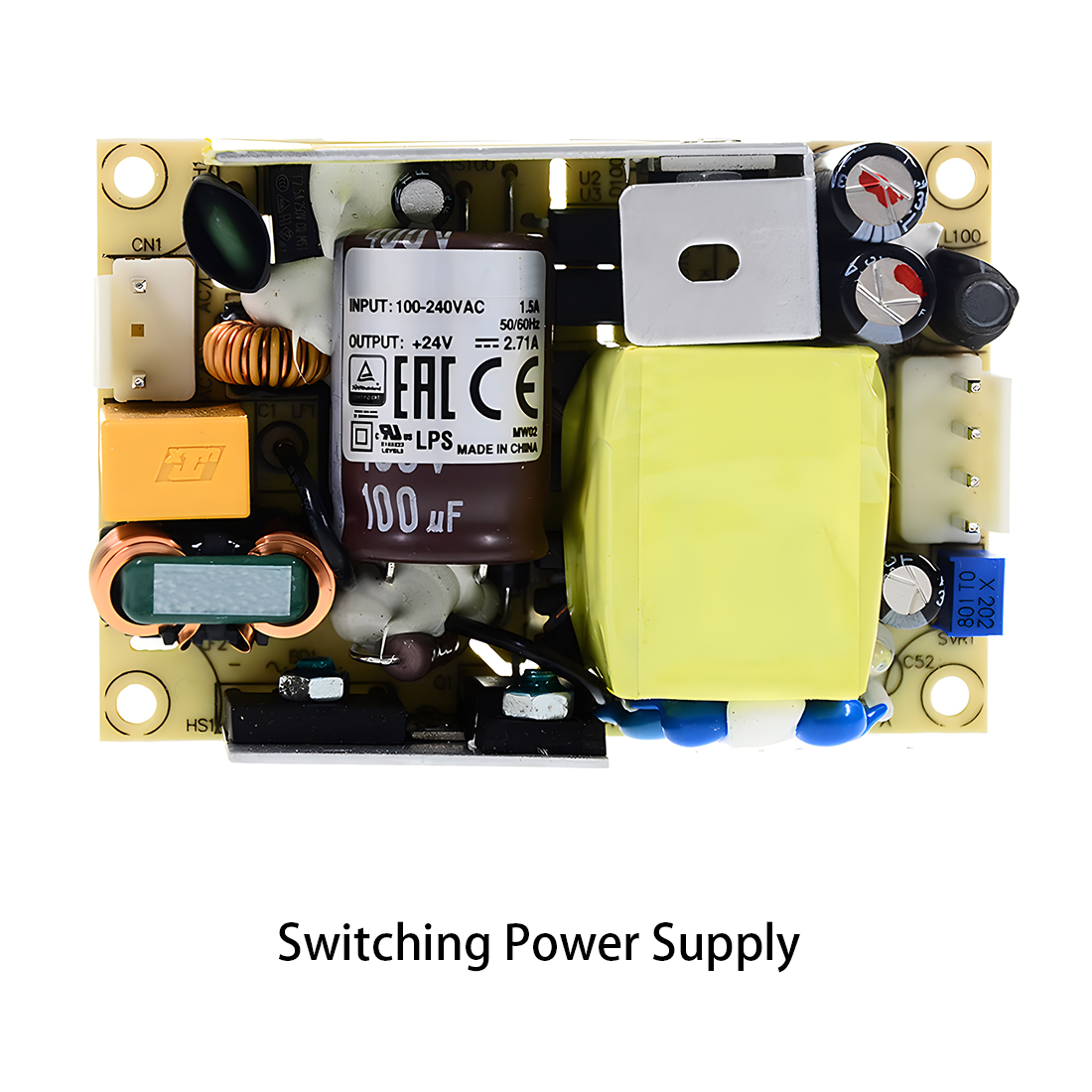 Power Supply PCBA
Power Supply PCBA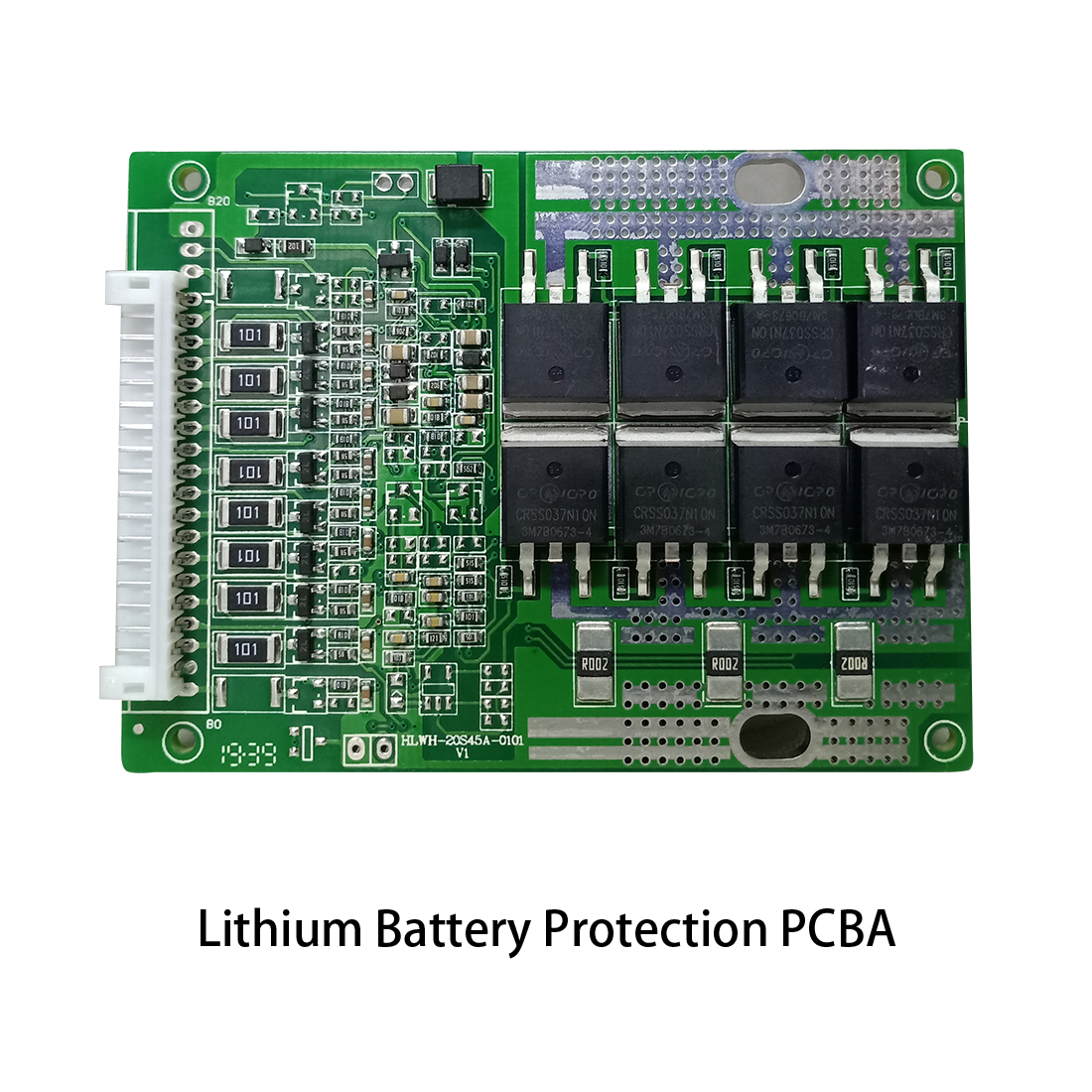 New Energey PCBA
New Energey PCBA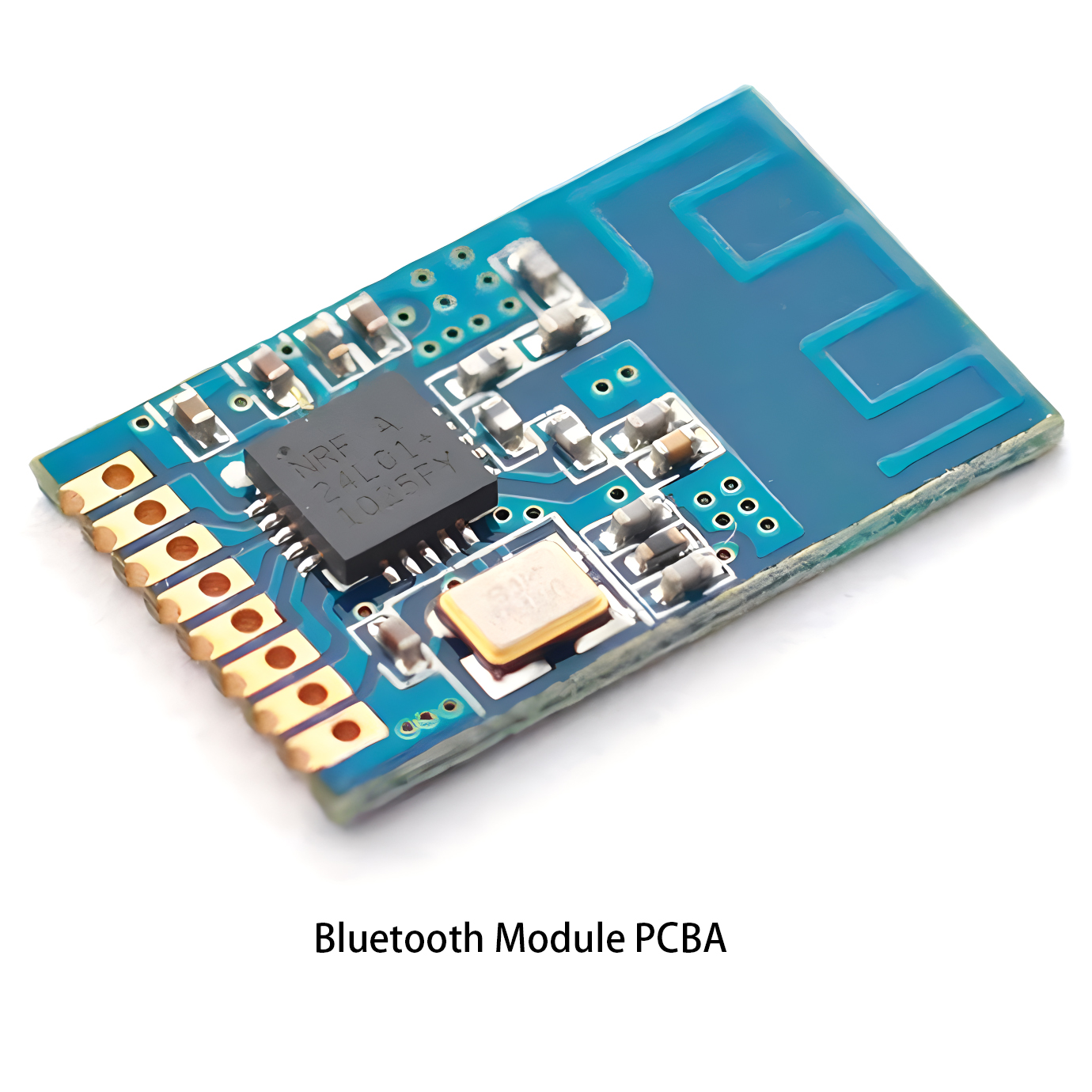 Communication PCBA
Communication PCBA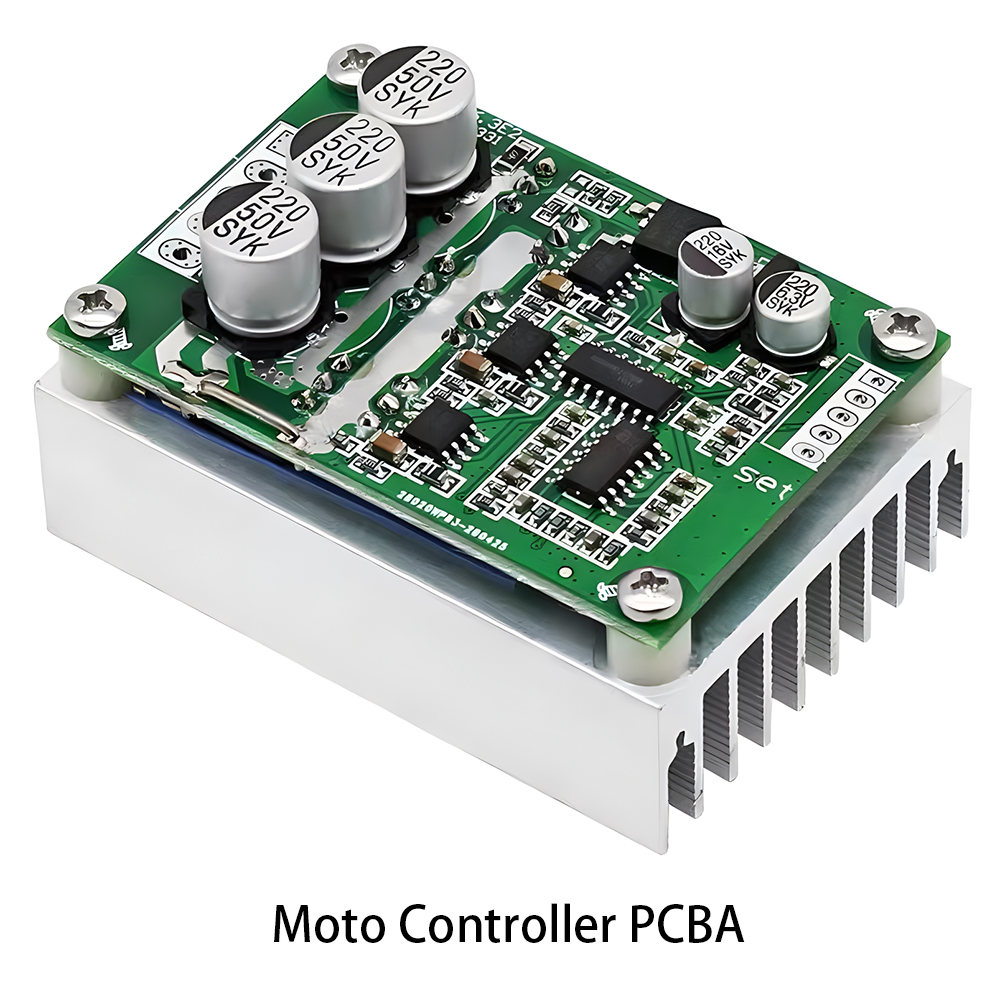 Industrial Control PCBA
Industrial Control PCBA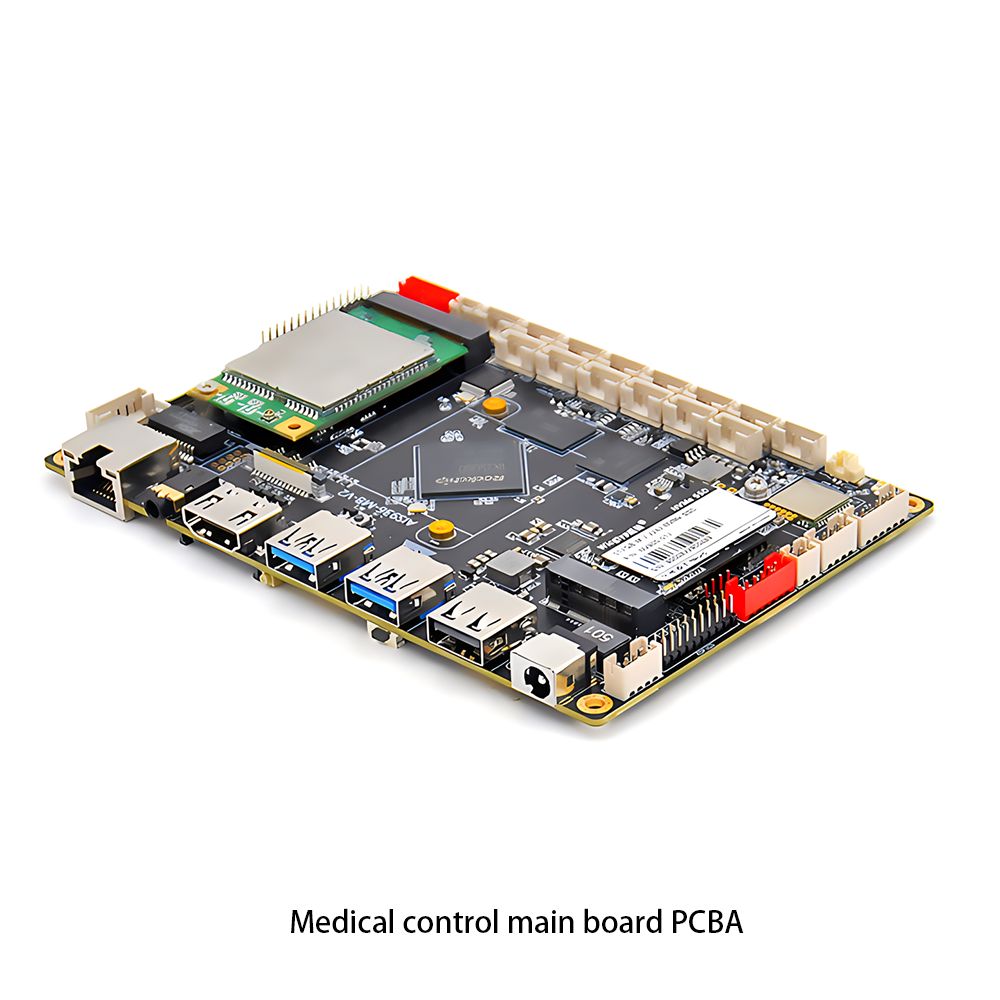 Medical Equipment PCBA
Medical Equipment PCBA Product Rebuild
Product Rebuild PCB Copy
PCB Copy IC Cracking
IC Cracking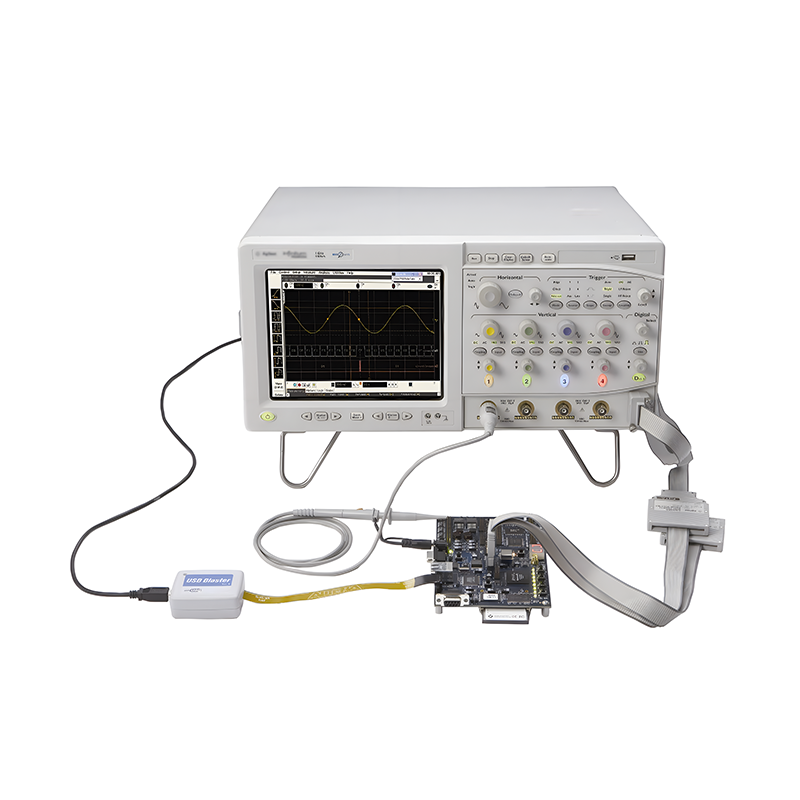 PCBA Testing Service
PCBA Testing Service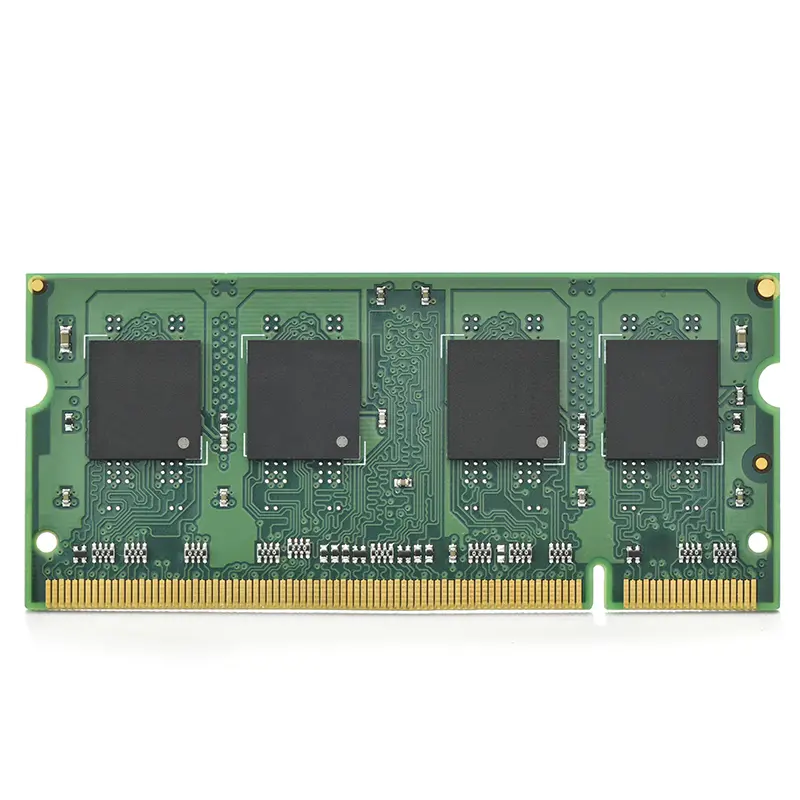 Certification Application
Certification Application RoHS Certification Application
RoHS Certification Application REACH Certification Application
REACH Certification Application CE Certification Application
CE Certification Application FCC Certification Application
FCC Certification Application CQC Certification Application
CQC Certification Application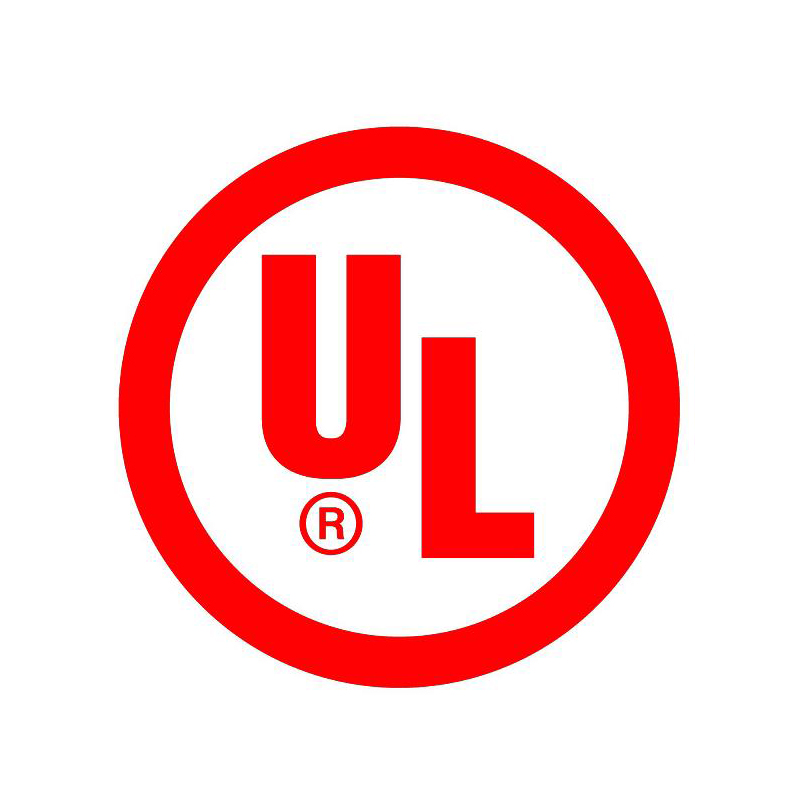 UL Certification Application
UL Certification Application Transformers, Inductors
Transformers, Inductors High Frequency Transformers
High Frequency Transformers Low Frequency Transformers
Low Frequency Transformers High Power Transformers
High Power Transformers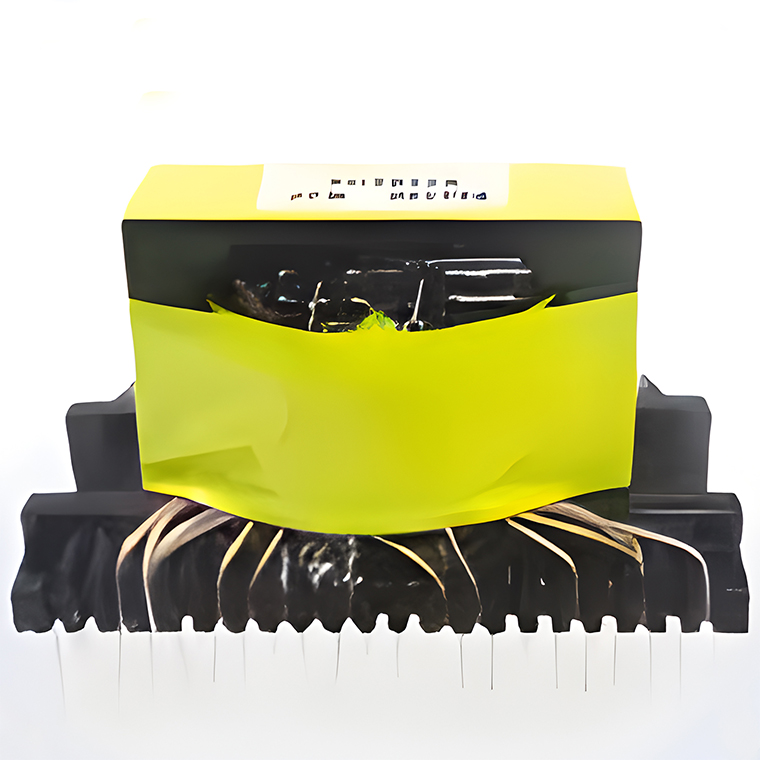 Conversion Transformers
Conversion Transformers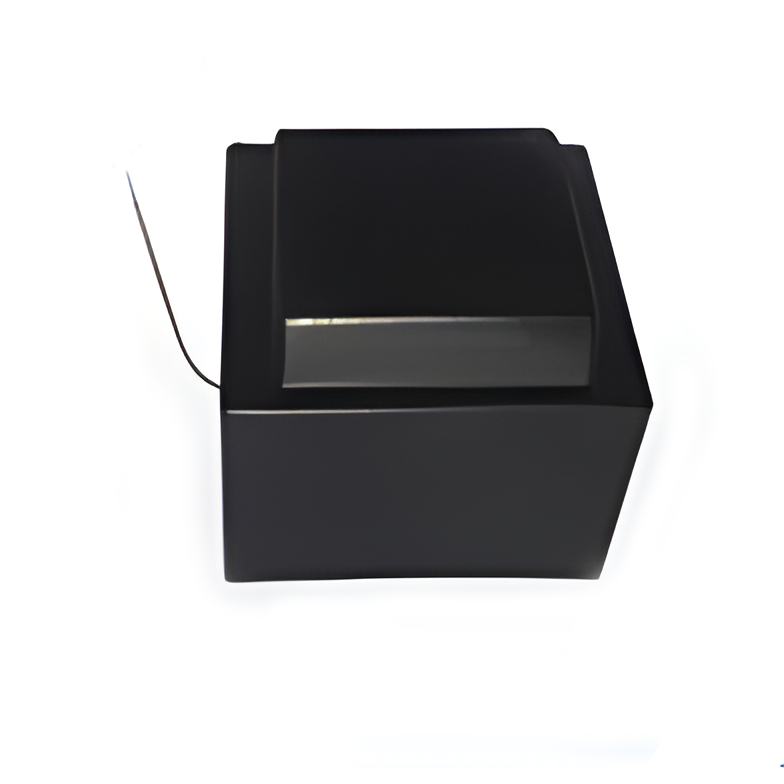 Sealed Transformers
Sealed Transformers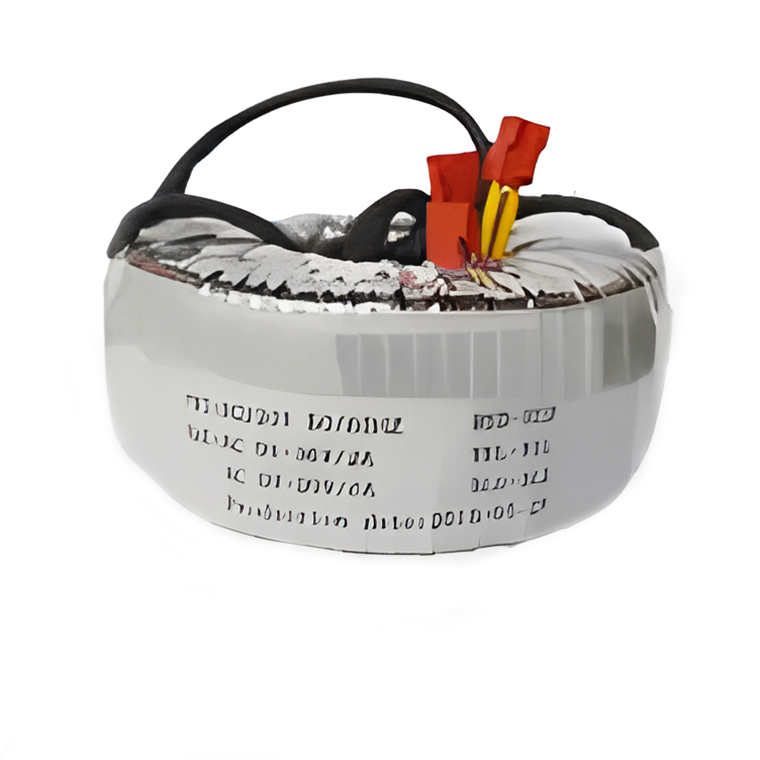 Ring Transformers
Ring Transformers Inductors
Inductors Wires,Cables Customized
Wires,Cables Customized Network Cables
Network Cables Power Cords
Power Cords Antenna Cables
Antenna Cables Coaxial Cables
Coaxial Cables Capacitors
Capacitors Connectors
Connectors Diodes
Diodes Schottky Barrier Diodes
Schottky Barrier Diodes General Purpose Diodes
General Purpose Diodes Switching Diodes
Switching Diodes Bridge Rectifiers
Bridge Rectifiers